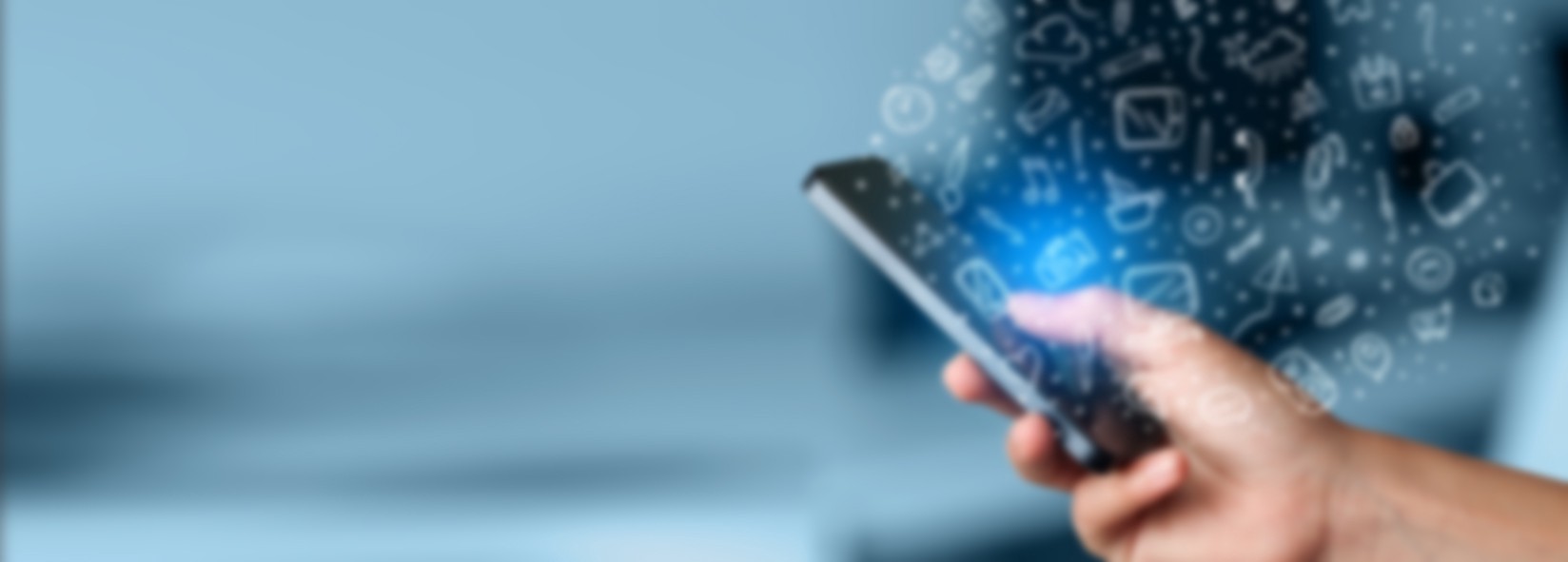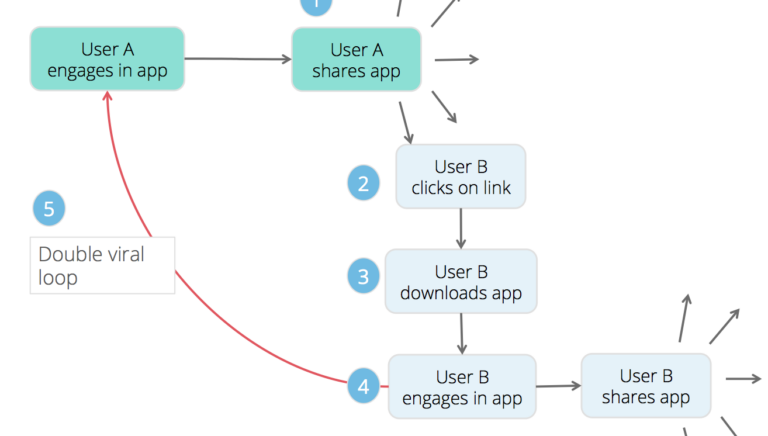This blog was originally published on July 19, 2015, but has since been updated with new information.
They said, “If you build it, they will come.” They lied. Pour your heart and soul into creating the most beautiful, user-engaging apps. Create content. Promote. Do everything you can, and still, you can’t fill the stadium. Why is virality so tough on mobile? How can we aim for virality ourselves?
The old fashioned user-to-user sharing of an app gives us a good jumping-off point:
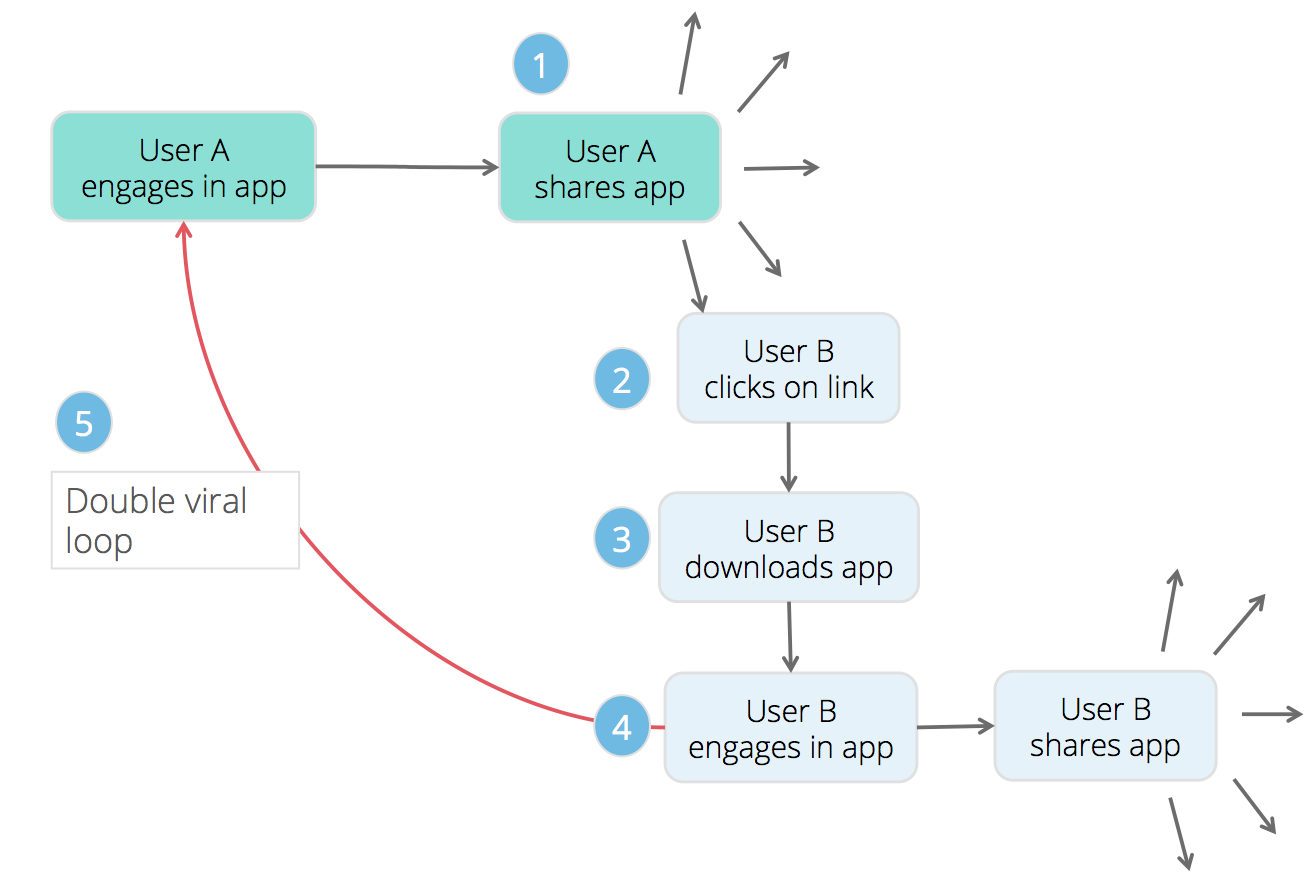
Do it right, and you get a chain. One weak link breaks it, though, so you need to make sure each link is as strong as the one before it.
1. What drives content sharing?
INCENTIVES — The most discussed driver of virality. For Airbnb and Dropbox, great referral programs and virality went hand-in-hand. We’ve designed hundreds of successful referrals for our clients. They’re a reliable way to grow.
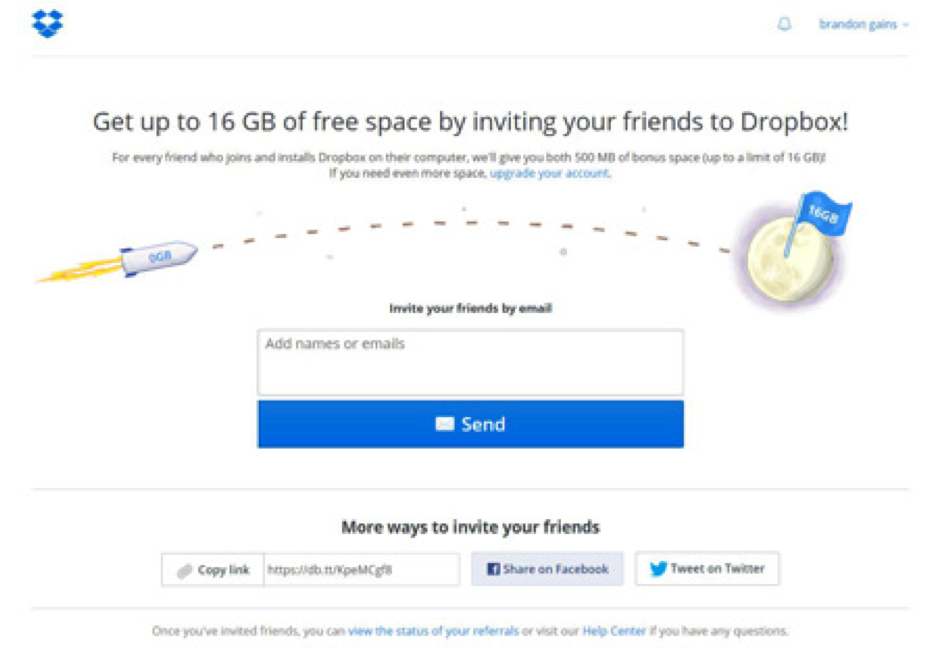
Two-sided referrals are best, as we’ve learned from the hundreds of referral programs created at Branch. If you can only reward one party, incentivize the new user. This not only ensures that referrals become downloads, it also makes existing users more likely to refer: they feel they’re providing value to their friends.
Make it easy for users to share — one-step sharing is best. The more steps, the easier it will be for your users to drop off.
Never share without a user’s explicit consent. Tricking users into sharing might work short term, but it will burn you eventually.
EGO — Ego is often the biggest driver of virality. Think of test results that prove a high IQ, or surveys announcing how many countries someone’s visited. People share when it makes them
Enable users to create things they are proud of, and prompt them to share those creations. Default sharing text should highlight how awesome the user is. Make sharing links rich deep links: the actual content should show up in Facebook, Twitter, SMS, and e-mail. Branch deep links do this automatically.
While some will say Lyft and Dropbox were shared because of their incentives, Lyft and Dropbox were shared because they were amazing products. Users wanted to associate themselves with those brands. The actual referrals were just the cherry on top. The lesson? Make your brand and your product something users want to share.
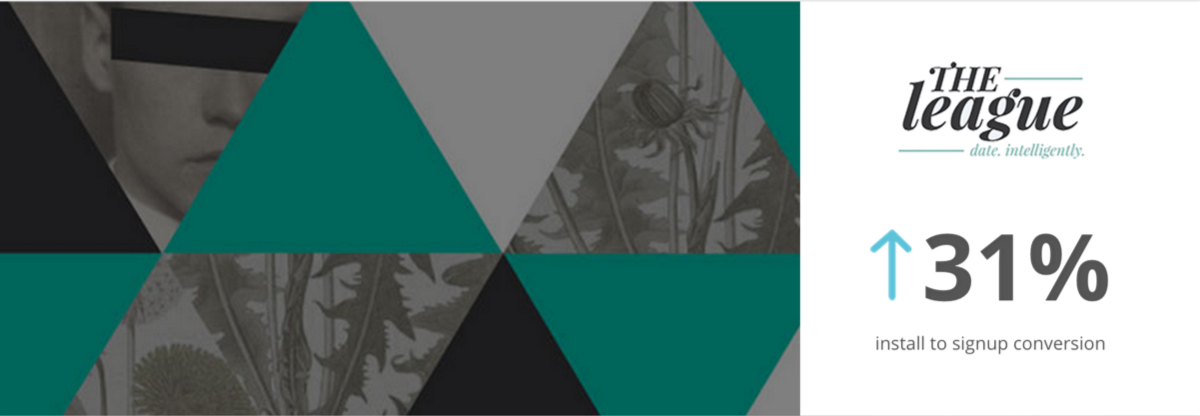
Creating a brand takes time, but the basics: hire a great designer, never spam users, and create allure by making your product stand out from the competition. Our friends at the League did this well by creating an invite-only dating app and moving users higher in the waitlist when they invite their friends to the app.
EMOTION — Users click and share because something drives an emotion in them. Studies show this to be true, and what’s especially interesting is the disconnect between what drives users to share and what drives them to click. In general according to Jonah Berger and his research in Contagious, high arousal emotions drive people share and positive emotions usually drive more shares (the happier the post, the more likely it is to be shared). However, happy posts aren’t necessarily the most likely to be clicked on. More on that later.
PRACTICAL VALUE — Users share things that drive value for them and their friends. The more value something can provide to their friends, the more likely it is to be shared because it increases the actual social currency of the user sharing. Moreover, if having more users using the app makes the product better for the use sharing, that adds an extra incentive to the user to share. Social networks are great examples of products that grow this way. The downside — getting enough critical mass to provide value to the user before he needs to invite his friends.
2. What drives clicks on app links?
Strategy for clicks aligns with strategy for shares. Some key differences:
INCENTIVES — New users need to know more than the incentive. Don’t overemphasize the $25 users get for a download. Instead, show the app’s intrinsic value, or even better, let users share something they discovered with their referred friend. Even if sharing isn’t incentivized, more intrinsic value means more clicks.
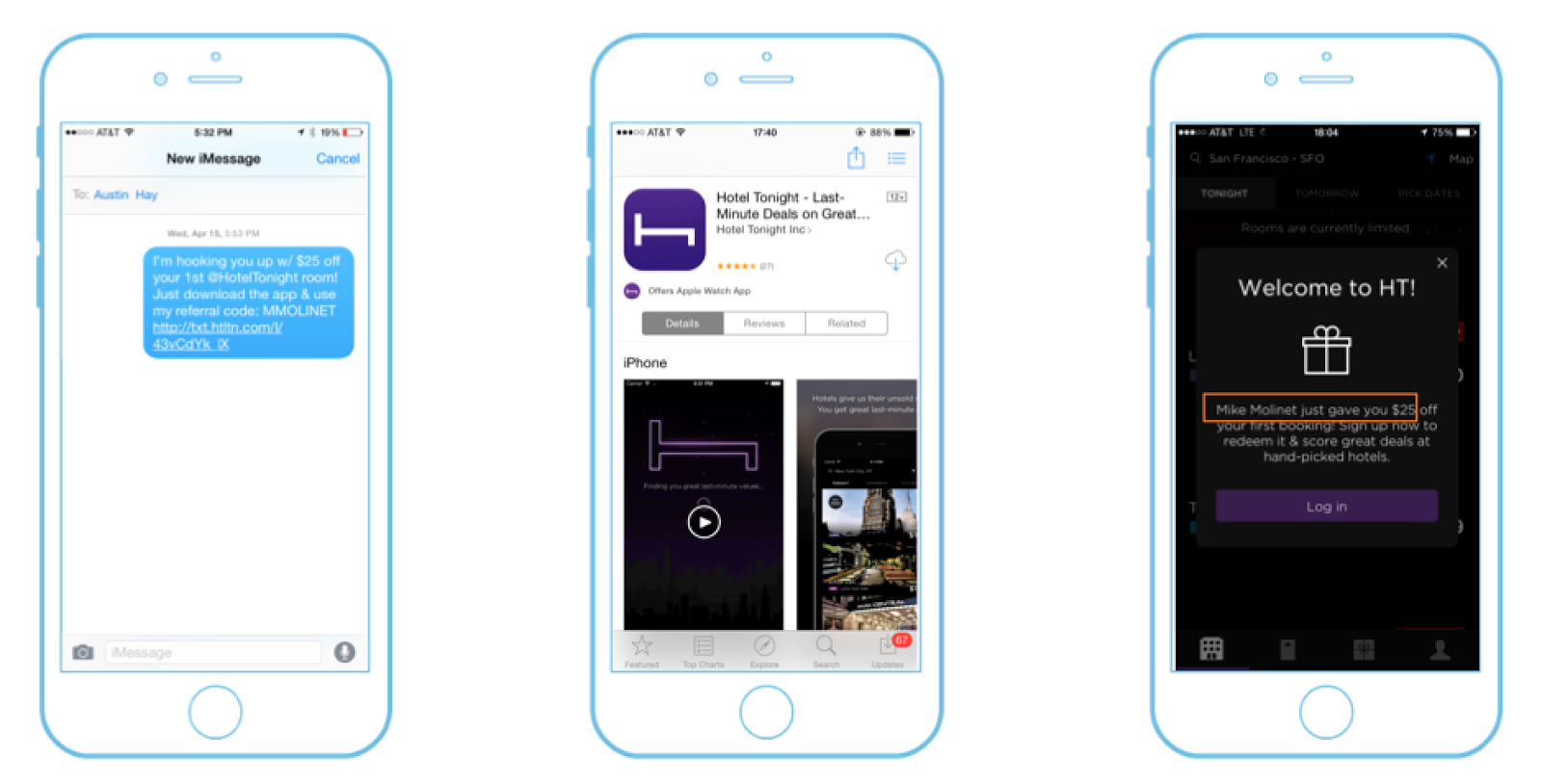
EGO — Show how an app will impact the clicker’s lifestyle. If there’s a feature that makes them look cool, highlight that feature. They can edit a photo just as well as their friend did, discover local restaurants like their friend, prove they are smarter than 97.6% of their friends, and so on.
EMOTION — Strong emotions like anger can drive a lot more clicks than happy emotions.
How to easily test what can drive virality to your app? Facebook ads have made testing virality of content simple. 30 minutes and $10 is enough for a test on which associated emotion drives more clicks and more shares. We used cats, because let’s face it, cats rule the internet. We can always learn from cats.
My quick experiment matched what psychologists say: positive and high arousal emotions are more likely to be shared and liked, and negative, controversial emotions drive more clicks.
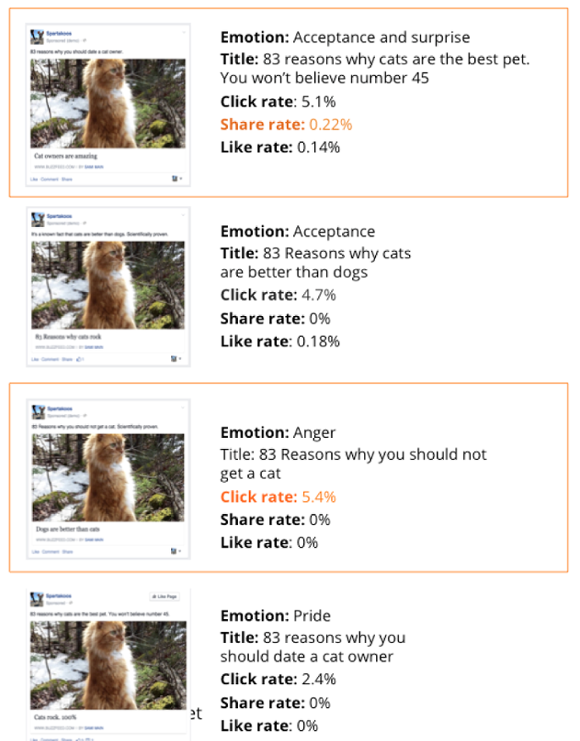
3. What transforms clicks into app downloads
App stores are black boxes when it comes to attribution. It’s tough to look into what happens where. At Branch, we spend a ton of time making sure that links drive app installs. Check out my other article on what click to install conversions. Some tips:
Consider every device. A user might click links on Web, Android, iOS, Apple watch, etc. Our approach tailors the journey to the platform: the user might go to web content, the app store, a page that lets users text themselves the app, or a web preview of your app content, depending on what’s right for each platform.
Track what happens on every device. Pay extra attention to where drop-offs occur.
Lead the user to content with crumbs and previews. If a user clicks on a news article, the next step should tease more of the article to keep interest up. Branch is in beta with Deepviews, a dynamic preview into app content, that makes it easy to do this.
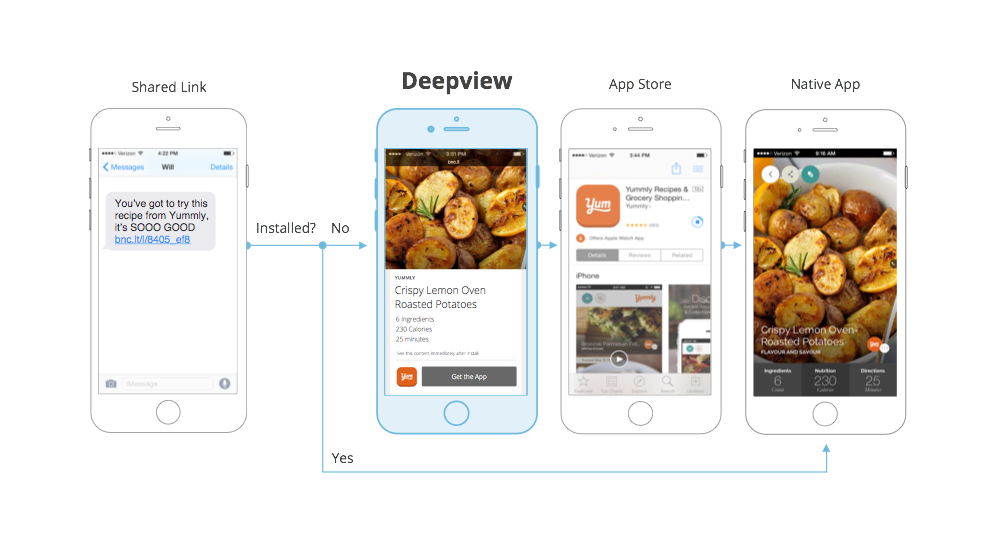
4. How does a download becomes an activation?
Don’t stop at downloads. The next step — activating users once they install — might seem insignificant, but my co-founder Alex devoted an entire article to it.
A great first-time app experience translates value right away. Customize it.Our friends at Gogobot saw a 78% increase in signups when they made their app display the same content that the new user clicked on originally, instead of a generic welcome screen.
5. How does the double viral loop work?
When User B joins from an invite or share from User A, close the loop by notifying User A. It’s a great excuse reengagement, and it can drive further shares. Josh Elman calls this the double viral loop: sharing results in new users, but it also results in more engagement and more sharing.
Lastly, how do you measure app virality?
K-factor is the industry standard. It’s computed by multiplying three conversions together:
(download -> activation) * (activation -> share) * (share -> new viral-driven download).
Keep time as a constant, or you could see some strange time-sensitive responses.
Track the influencers that drive the most installs. Incentivize them with customized promotions. We struggled to identify these users when we built our first app — once we understood how important they were, we built a virality dashboard to help apps track just that.
Closing thoughts
Reaching virality is the holy grail for most product and the only way to get there is to keep trying, keep testing, learning and trying again. I’d love to hear your tests, what worked and what didn’t. Leave any questions or comments below — we’d love to help any way we can.
